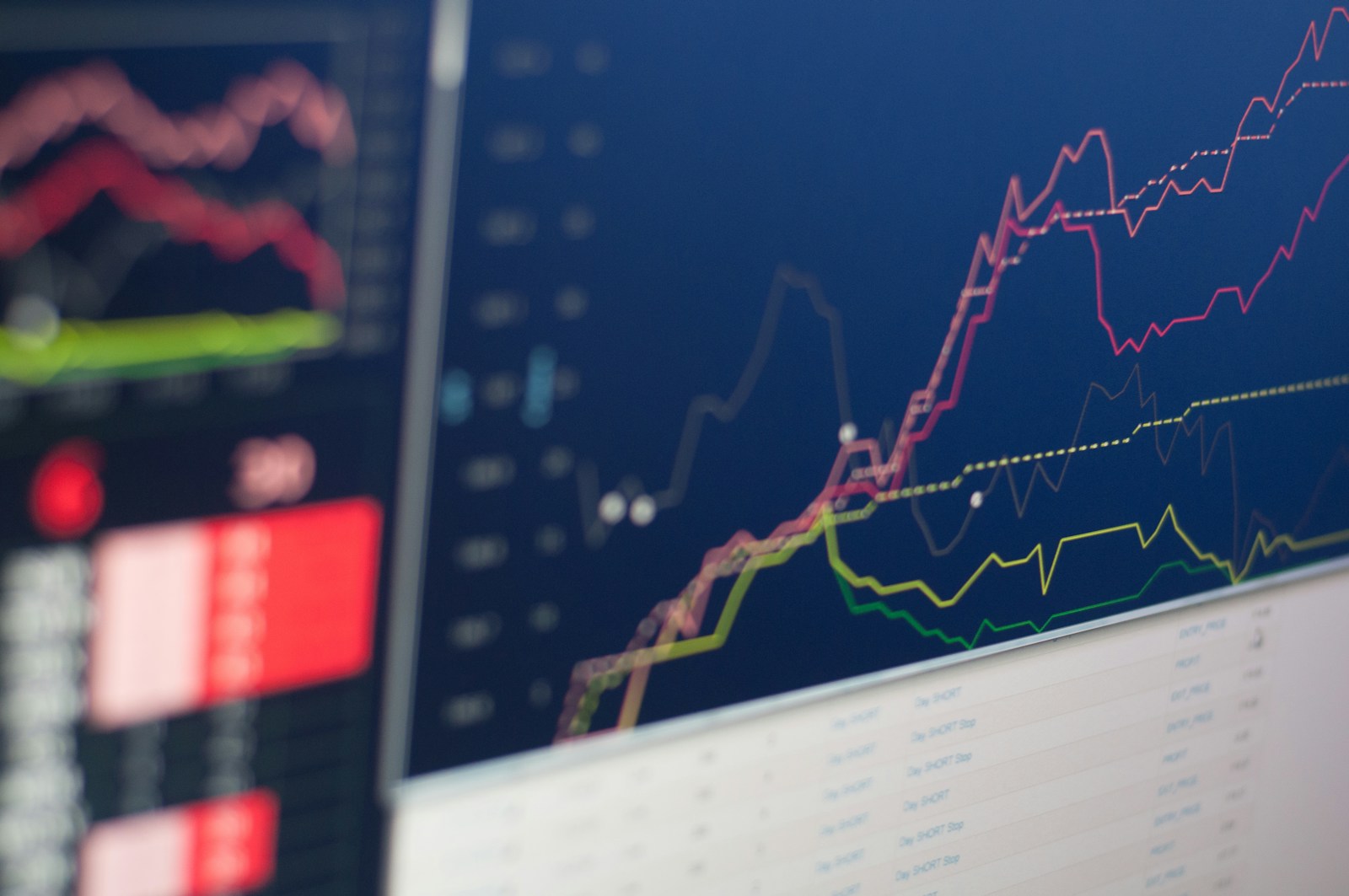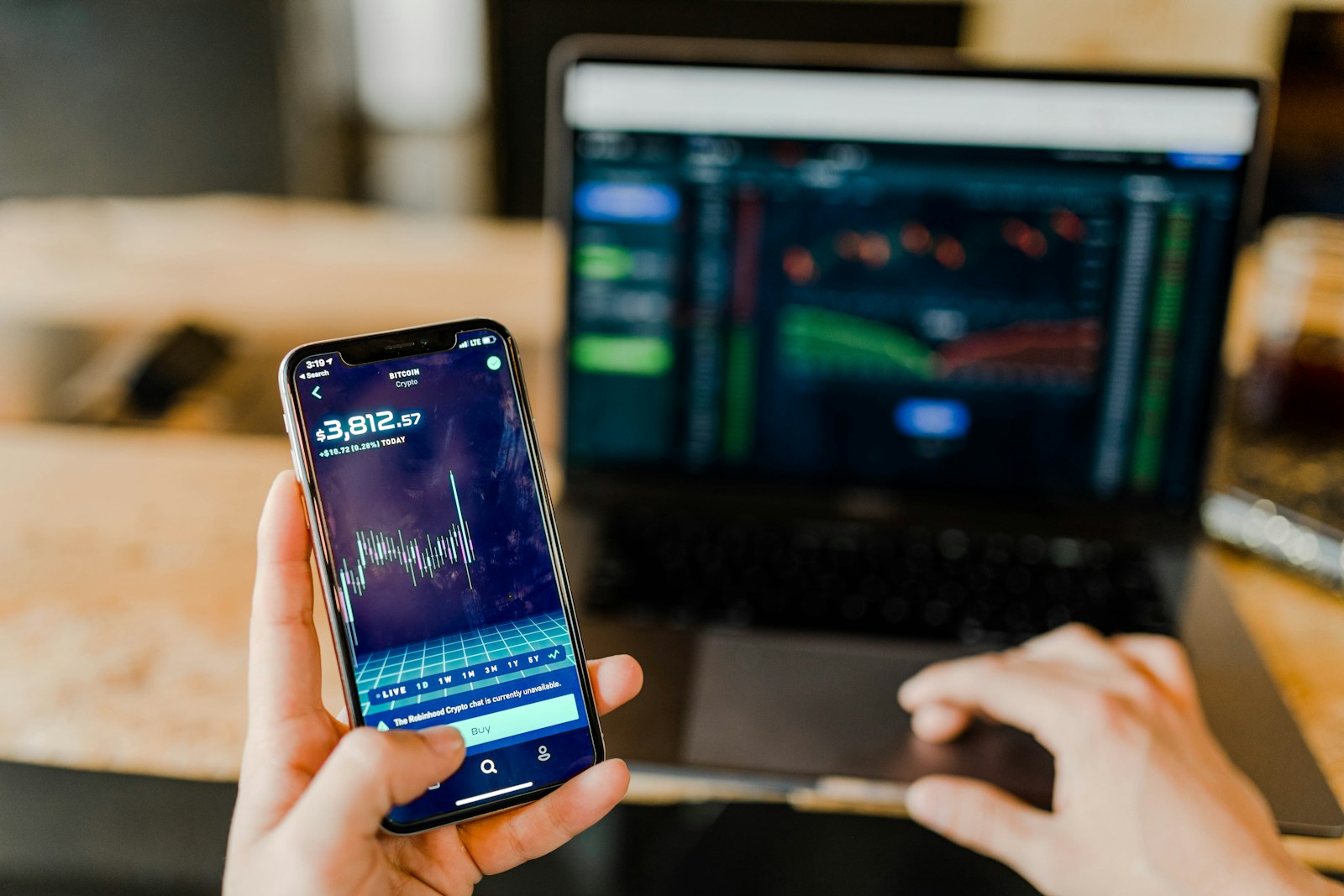Digital Option
Digitla Options: Definition & How They Work
With the rapid advancement of technology, the financial industry has witnessed significant changes in recent years. One such innovation is the introduction of digital options, which have gained popularity among traders and investors. In this article, we will explore what digital options are, how they work, and the benefits and risks associated with them. We will also discuss some real-life examples and provide valuable insights into incorporating digital options into your investment strategy.
What are Digital Options?
Digital options, also known as binary options, are a type of financial derivative that allows traders to speculate on the price movement of an underlying asset. Unlike traditional options, which have a range of possible outcomes, digital options have only two possible outcomes: a fixed payout if the option expires in the money, or a total loss if the option expires out of the money.
For example, let's say you believe that the price of gold will increase in the next hour. You can purchase a digital option with a strike price of $1,500 and an expiration time of one hour. If the price of gold is above $1,500 at the time of expiration, you will receive a fixed payout, typically ranging from 70% to 90% of your initial investment. However, if the price of gold is below $1,500 at the time of expiration, you will lose your entire investment.
How Do Digital Options Work?

Digital options are relatively simple to understand and trade. Here's a step-by-step guide on how they work:
- Choose an underlying asset: Digital options are available on a wide range of assets, including stocks, commodities, currencies, and indices. Select an asset that you are familiar with and have knowledge about its price movements.
- Select the expiration time: Decide how long you want the option to remain open. Digital options typically have expiration times ranging from a few minutes to several hours or even days.
- Decide on the direction: Determine whether you believe the price of the underlying asset will go up or down before the option expires.
- Investment amount: Choose the amount of money you want to invest in the option. This can range from as low as $1 to several thousand dollars.
- Place the trade: Once you have made all the necessary decisions, place the trade by clicking on the appropriate button on the trading platform.
- Monitor the trade: Keep an eye on the price movement of the underlying asset during the option's lifespan. If the price moves in your predicted direction and remains there until expiration, you will receive the fixed payout.
Benefits of Digital Options
Digital options offer several benefits that make them attractive to traders and investors:
- Simplicity: Digital options are straightforward to understand and trade, making them accessible to both novice and experienced traders.
- Fixed risk and reward: Unlike traditional options, where the potential profit or loss is unlimited, digital options have a fixed payout and a known maximum loss. This allows traders to manage their risk more effectively.
- Flexibility: Digital options can be traded on various timeframes, ranging from minutes to days, providing traders with flexibility to choose options that align with their trading strategies.
- Wide range of assets: Digital options are available on a wide range of assets, allowing traders to diversify their portfolios and take advantage of different market opportunities.
Risks of Digital Options
While digital options offer attractive benefits, it is essential to be aware of the risks involved:
- High volatility: The price of the underlying asset can be highly volatile, leading to rapid price movements that can result in significant gains or losses.
- Limited regulatory oversight: Digital options are not regulated in all jurisdictions, which increases the risk of fraud and manipulation. It is crucial to choose a reputable broker when trading digital options.
- Fixed expiration time: Once a digital option is purchased, it cannot be closed before the expiration time. This means that if the price of the underlying asset moves against your prediction, you will lose your entire investment.
Real-Life Examples
Let's look at a couple of real-life examples to illustrate how digital options work:
Example 1: You believe that the price of Apple stock will increase in the next hour. You purchase a digital option with a strike price of $150 and an expiration time of one hour. If the price of Apple stock is above $150 at the time of expiration, you will receive a fixed payout, typically ranging from 70% to 90% of your initial investment. However, if the price of Apple stock is below $150 at the time of expiration, you will lose your entire investment.
Example 2: You believe that the price of gold will decrease in the next 30 minutes. You purchase a digital option with a strike price of $1,800 and an expiration time of 30 minutes. If the price of gold is below $1,800 at the time of expiration, you will receive a fixed payout. However, if the price of gold is above $1,800 at the time of expiration, you will lose your investment.

Conclusion: A popular financial instrument for short-term movements

Digital options have emerged as a popular financial instrument for traders and investors looking to profit from short-term price movements in various assets. They offer simplicity, fixed risk and reward, flexibility, and a wide range of tradable assets. However, it is crucial to understand the risks involved, including high volatility, limited regulatory oversight, and the fixed expiration time. By incorporating digital options into your investment strategy, you can potentially enhance your returns and diversify your portfolio. Remember to choose a reputable broker and stay informed about market trends and developments to make informed trading decisions.
FAQ about Digital Options: You Ask, We Answer
What are Digital Options?
Digital options, also known as binary options, are financial instruments that offer traders fixed returns if the underlying asset reaches a predetermined price level within a specified timeframe.
How do Digital Options Work?
Digital options work by allowing traders to predict whether the price of an underlying asset will be above or below a predefined strike price at the option's expiration time. If the prediction is correct, the trader receives a fixed payout; otherwise, they may lose the invested amount.
Are Digital Options the Same as Traditional Options?
No, digital options differ from traditional options in several ways. Traditional options offer more complex structures, including the ability to buy or sell the underlying asset. Digital options are simpler, focusing on the direction of the asset's price movement.
What Assets Can I Trade with Digital Options?
Digital options cover a wide range of underlying assets, including stocks, commodities, currencies, and indices. The availability of assets depends on the platform or broker you use for trading.
Can I Trade Digital Options on Mobile Devices?
Yes, many trading platforms offer mobile apps that allow users to trade digital options on their smartphones or tablets. This provides flexibility and accessibility for traders who prefer on-the-go trading.
Is There a Minimum Investment for Digital Options?
Minimum investments in digital options vary depending on the trading platform. Some platforms allow low minimum deposits, making digital options accessible to a wide range of investors.
What is the Expiry Time in Digital Options Trading?
Expiry times in digital options trading refer to the duration of the trade. They can range from a few minutes to hours or even days, depending on the trader's preference and the specific option chosen.
Are Digital Options Risky?
Like any financial instrument, digital options carry risks. The fixed nature of returns and losses simplifies risk management, but it's crucial for traders to understand the market and have a sound trading strategy to mitigate potential risks.
Can I Close a Digital Options Trade Before Expiry?
Some platforms offer an early closure feature, allowing traders to exit a digital options trade before the scheduled expiry time. This feature can help manage risks and secure profits in certain market conditions.
Is Digital Options Trading Regulated?
Regulations regarding digital options trading vary by country. It's important to choose a reputable and regulated broker to ensure a secure trading environment. Always check the regulatory status of the platform you intend to use.
